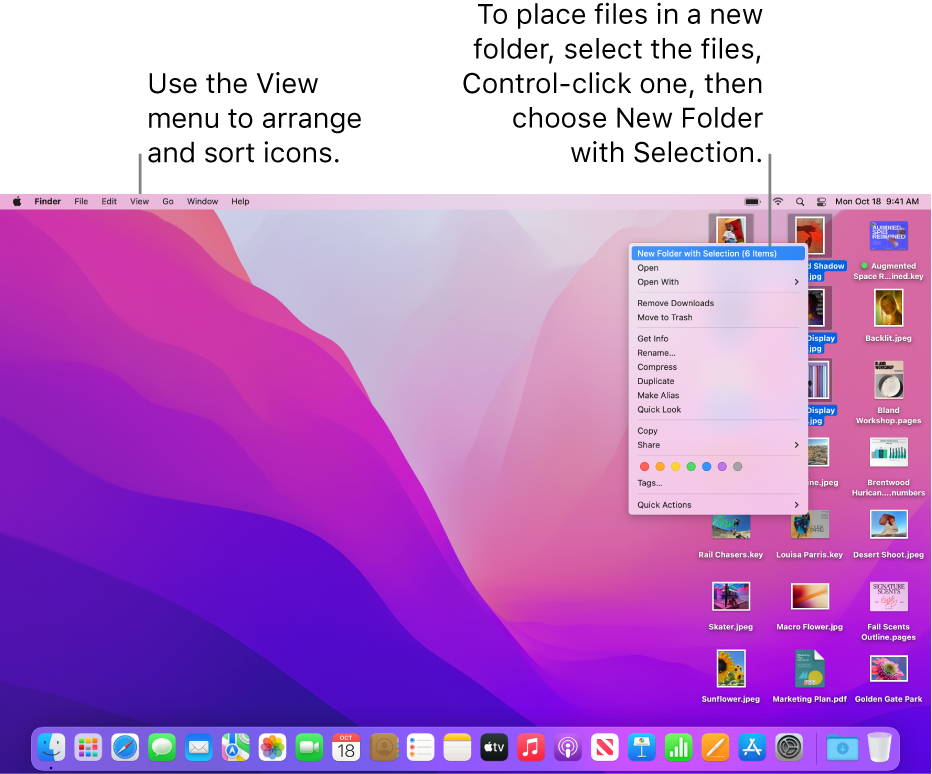

#How to add a new folder to my documents on mac movie#
If you do not include the file extension, Windows users may not be able to open the files you send to them from your Mac.Īnother option you may see in the Save As dialog box of some programs allows you to copy audio and movie files into your document by selecting a checkbox. The file extension is used by Windows to associate each file type with a specific program installed on your computer.

It is a good idea to include the file extension if you plan to share files with Windows users. Some programs, such as Microsoft Word, have an option to allow you to add a file extension to your file (in Microsoft Word, this option is called Append file extension). You can then use this Finder window to navigate your hard drive until you find the folder where you want to save your file. You can also click on the downward pointing arrow to the right of the Save As field to display a small Finder window. The pull-down menu will also list the most recent locations where you have saved files. In addition to the default save location, you can save a file to another location on your hard drive by using the pull-down menu next to the Where field.

For example, iPhoto saves images imported into it in the Pictures folder, while iMovie saves its movie projects in the Movies folder. Each of these folders is used by an iLife program as its default save location. Using the Finder, you can find folders for Documents, Movies, Music, and Pictures on your hard drive. Many of the iLife programs that are installed on all new Macs have a specific folder where they save their files by default. The default location where files will be saved will vary depending on the program you are using. In the Where field, you can select the folder where you want to save your new file. The first time you save a new document these two menu options will work the same way and open up a Save As dialog box where you can enter a file name for your new file in the Save As field. There are two ways to save your work: File, Save and File, Save As.


 0 kommentar(er)
0 kommentar(er)
